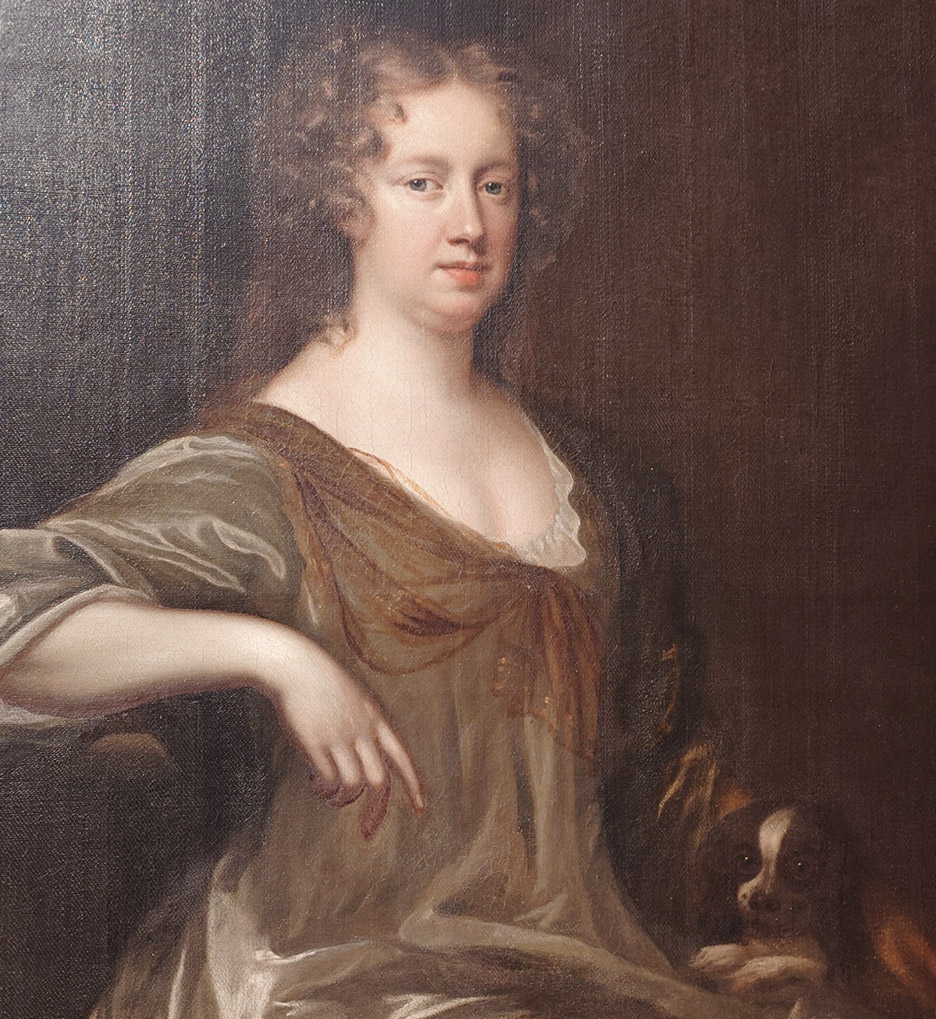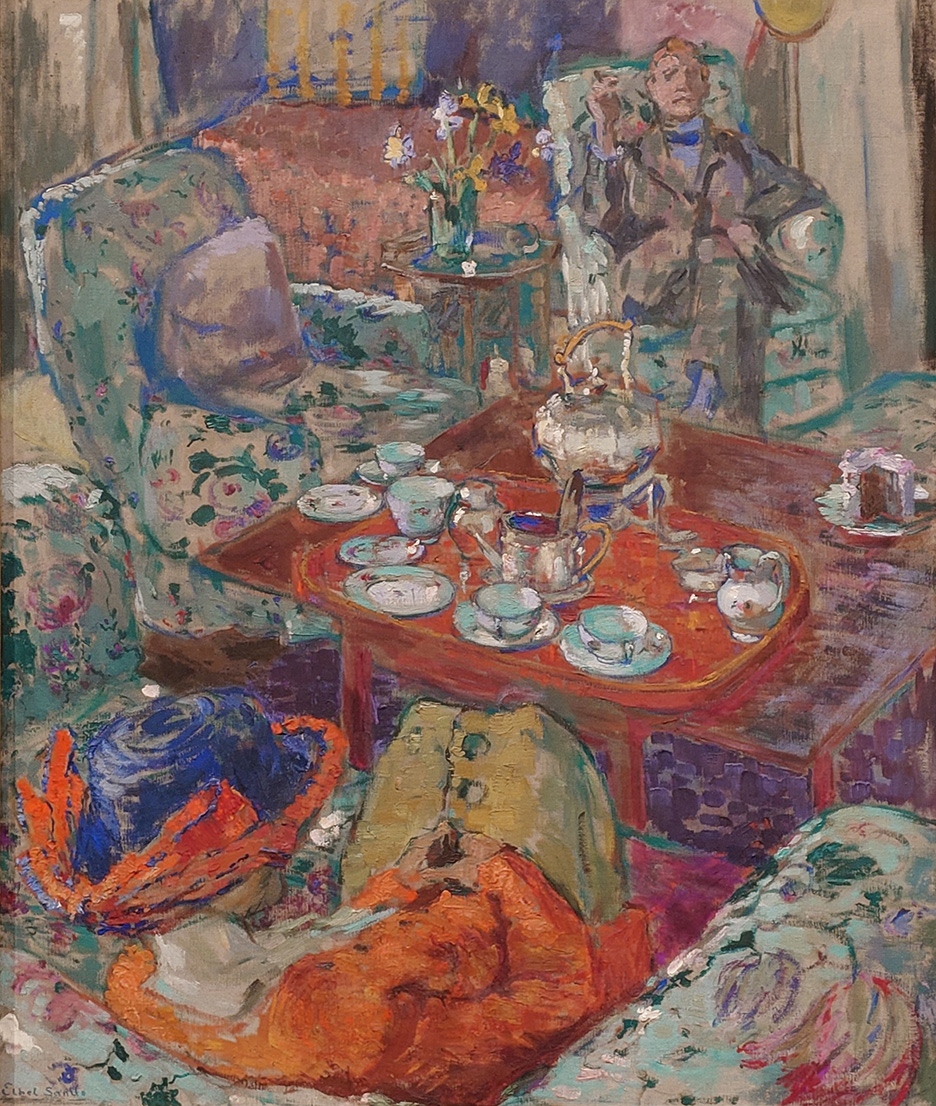Art
Now You See Us
Tate Britain, London
5/5
Women could always paint
This seminal exhibition Now You See Us – Women Artists in Britain 1520–1920 offers us a rare opportunity to appraise early works of British female artists. It is ordered chronologically (hurray) which is the best way to show such an eclectic group of works and vindicate the skill of female artists en masse. For me this exhibition represents a turning point for Tate Britain where it is finally finding its own voice, no longer dwarfed by the more successful off-shoot at Tate Modern. More of this please Tate Britain and when I say this I mean more serious ground-breaking exhibitions that don’t get scheduled for the benefit of culture wars or popular taste or school visits.

Most of us know Artemisia and the inclusion of her Allegory of Painting (c. 1638-1639) at the beginning is apt, particularly as this is one of her best works and happens to be in our royal collection. I remember stretching to see its detail in the shadows of a cold Hampton Court years back. I always found it interesting that the extrovert Artemisia, who was a great talent, painted this cerebral and humble work with such restraint and quiet ingenuity. It is nice to be able to enjoy its clever composition displayed at eye-level.

The great Mary Beale is featured next. They keep comparing her to Peter Lely, which I think is unfair, particularly as we are trying here to see women artists in their own right. I was so pleased to be able to see more than one of her canvases at the time. There are five or six on display here, giving a more substantial impression of her work. They look so much more exciting than reproductions. Her self-portrait (1681) most of all – assertive, powerful and modern. As if she was there today, present and saying the same thing all women have to say: I can do it. Portraits of her son are also beautiful, very skilled and full of warmth, but never too sentimental. I would have loved to have seen some of her wonderful portraits of her husband which I have never seen in real life, but I guess Tate didn’t think this was appropriate for a softly feminist exhibition.
Katherine Read is a revelation. There are several of her canvases here and there is a great variety of expression. There is a captivating self-portrait with an opaque golden scarf (before 1750) which is executed to perfection. It appears like a typical portrait announcing one’s arrival in the art world. Then there are some sensitive pastel works which are very pleasing and arresting. I wonder where in the UK one can see more of her work as I would gladly travel for it.
There are several one hit wonders. First Maria Verelst’s stunning portrait of Anne Blackett (c. 1723) which seems to me like an 18th century equivalent of Kate Middleton. Again it is the assertiveness that is really attractive to my contemporary eyes. Then the extraordinary portrait of Elizabeth Montagu (1778) by Frances Reynolds, the sister I never knew Joshua Reynold had. It is not a masterpiece, but it conveys a mood, a character and is very interesting to look at. You do wonder what kind of painter she would have become had she had her brother’s education. Margaret Sarah Carpenter’s portrait of Harriet, Countess Howe (exhibited 1834) is beautifully executed, there is a quiet industriousness to this luxurious portrait that is a joy to look at.
I have to mention Lucy Kemp-Welch’s Colt Hunting in the New Forest (1897) as I love horses and the New Forest. The style may be out of date, but the skill and talent are strong and the composition of this large canvas is very striking and accomplished. A rare sight in real life nowadays (except perhaps recently on the streets of London), the flight of these timorous beautiful animals impresses particularly from such a perfect vantage point.
Agnes Warburg’s Peonies (1912) are just perfect. The whole still life photo has a pink hue, but it is precise and disciplined thus reminiscent of Henri Fantin-Latour in its elegant classicism. Another artist I would like to know more about and see more of.
Now we get to some household names: two of the greatest British female painters, Laura Knight and Gwen John. Completely different, thoroughly authentic, the best place to start if you are just starting to discover British female painters. There was a recent retrospective of Laura Knight I missed at the MK gallery, but I bought a catalogue which has taught me a lot about her work. She has a refreshing directness, originality and lack of self-consciousness. Gwen John on the other hand is more introspective and thoughtful, and there is always a slight discomfort in her presentation of life. There was an exhibition of her work last year at the Pallant Gallery in Chichester. I always remember the first time I have seen her work at the National Museum in Cardiff. It felt like a meeting of minds.
Ethel Sands’ Tea with Sickert (c. 1911-12) made me laugh. The great Sickert is completely in charge of a woman artist’s very colourful environment. She on the other hand slouches uncomfortably, hands joined in a willingly neutral posture.

Nina Hamnett is another discovery for me. Her angular still-lives breathe confidence and uncompromising fixed harmony.
The exhibition ends on a high note – with Ethel Wright’s The Music Room, Portrait of Una Dugdale (c. 1912), a colourful, confident, large portrait of a feminist from the beginning of the century. Beautiful, yet natural she looks at us with gentle inquisitive kindness as if saying: What have you done to advance the equality for women? Next to this painting we can see Una Dugdale’s pamphlet, Love and Honour, not Obey from 1912. Una’s portrait is on the cover wearing a wreath of flowers on her head (another work by Ethel Wright). A very fitting end to a great journey of discovery, accomplishment and joy through the centuries.